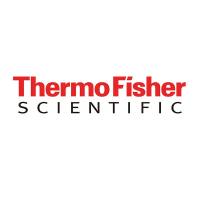Detection and Quantitation of mRNAs Using Ribonuclease Protection Assays
互联网
555
The ribonuclease protection assay (RPA) is a sensitive and straightforward method for detecting, quantitating, and mapping specific mRNA transcripts (5′ and 3′ ends, intron:exon boundaries; 1 –6 ). The method is an adaptation of the S1 nuclease assay (7 ,8 ; see also Chapter 31 ) where RNA, instead of DNA probes are used, and single-stranded specific ribonucleases replace S1 nuclease. Treatment of RNA:RNA duplexes with ribonuclease is more reproducible than treatment of RNA:DNA duplexes with S1 nuclease (9 ). However, both S1 assays and RPAs are robust techniques, and can be used fairly interchangeably to analyze mRNA transcript abundance and structure. Solution hybridization assays such as the RPA and S1 nuclease assay provide greater sensitivity than hybridization protocols that rely on RNA bound to a solid support (e.g., Northern blots, dot blots) (10 –12 ). Multiple probes (as many as 12; 13 –15 ; Fig. 1 ) can be used in a single reaction as long as the protected fragment sizes are significantly different. Because of the high resolution of the denaturing polyacrylamide gels used to analyze the protected fragments, RPAs are well-suited for mapping transcript ends and intron:exon junctions (7 ,16 ).







